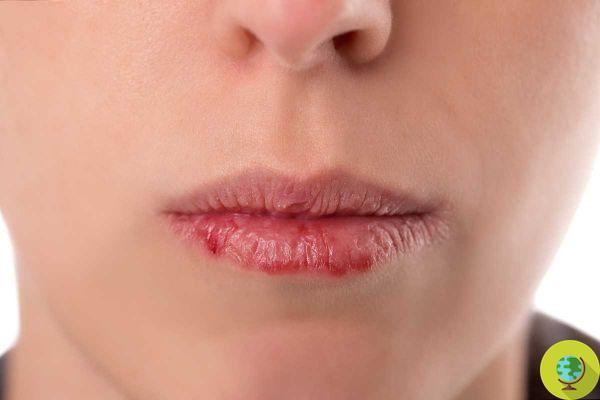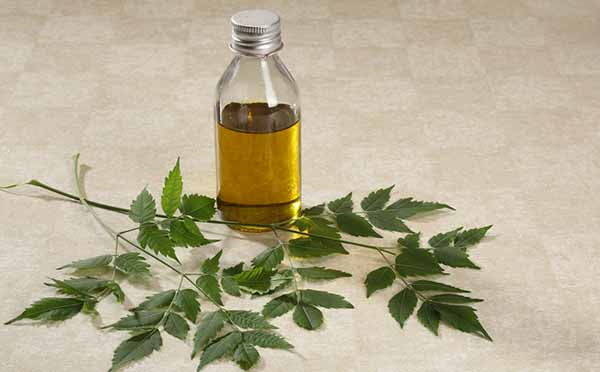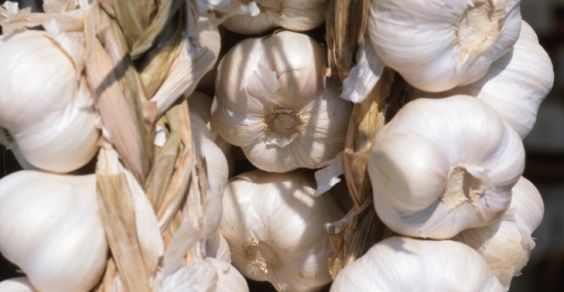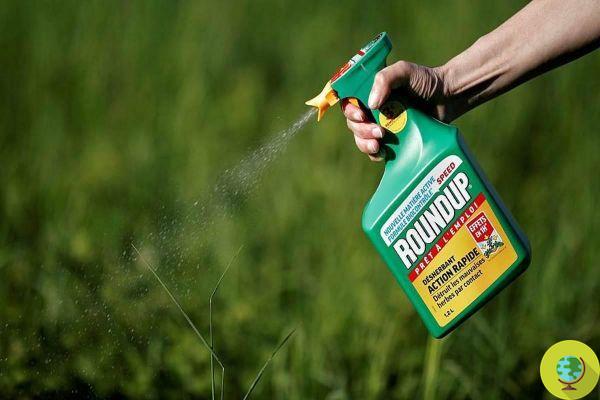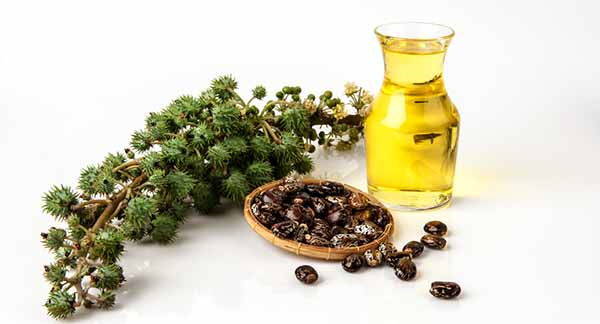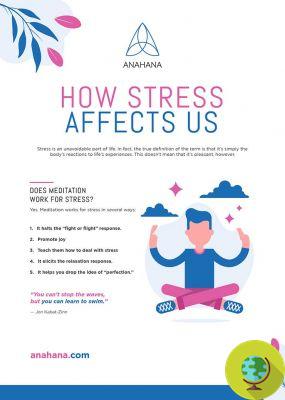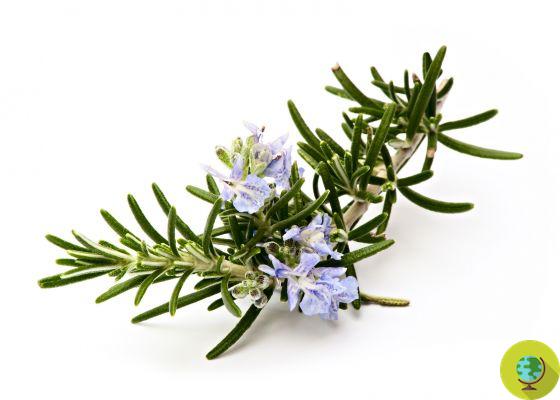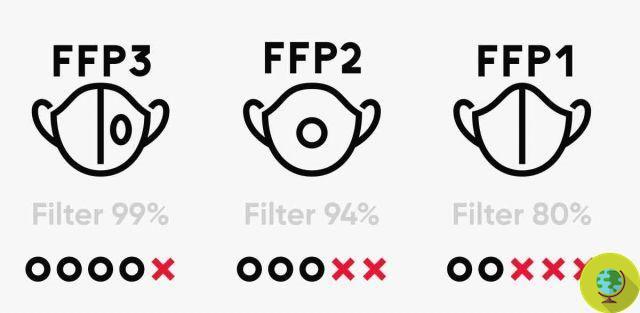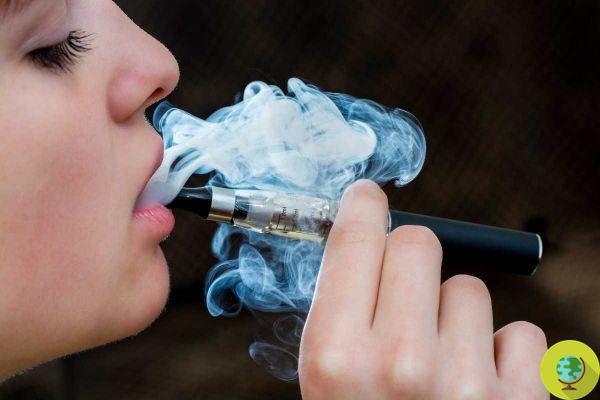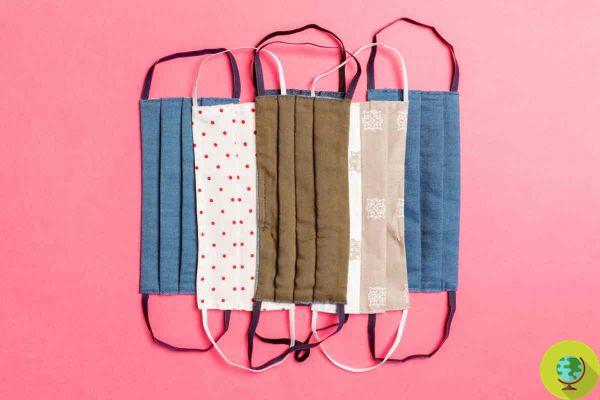
Masks: The number of layers of fabric used can significantly affect the risk of exposure to the virus.
Wearing a face mask can protect yourself and others from Covid-19, but the type of material and the number of layers of fabric used can significantly affect the risk of exposure to the virus.
A study by the Georgia Institute of Technology and published in Aerosol Science and Technology actually measured the filtration efficiency of so-called submicronic particles that pass through a variety of different materials.
Read also: Fabric masks are as effective as surgical masks but as long as two conditions are respected
A submicronic particle can stay in the air for hours and days, depending on the ventilation, so if you have an unventilated or poorly ventilated room, these small particles can stay there for a very long period of time, said Nga Lee. associate professor at the School of Chemical and Biomolecular Engineering
The study was conducted during the spring of 2020, when the pandemic practically imposed a total lockdown. Communities faced a severe shortage of personal protective equipment, prompting many people to make their own masks at home.
A systematic review
The researchers put 33 different commercially accessible materials under the magnifying glass, including single-layer fabrics such as cotton and polyester, as well as blended fabrics, non-woven materials and cellulose-based materials used in hospitals and filters. Scientists have identified commercially available materials that provide acceptable levels of submicron particle rejection, while maintaining airflow resistance similar to a surgical mask. These types combine the density of fabric fibers, a labyrinthine structure and the surface chemistry of the fibers themselves.
The best performing materials for home-made masks were the blackout curtains and the sterilization wrapping used for the packaging of the surgical instruments. The investigation found that the use of filters such as HEPA / MERV and vacuum bags should be avoided, unless they are certified as fiberglass free.
Other unsafe materials would be, according to the study:
- wadding fabric
- felt or pile
- loose mesh material
Furthermore, according to the research, the two and three-layer samples show an efficiency of filtration and therefore of protection from contagion of about 50%, in addition, the adapted and multilayer masks reject 84% of the particles expelled by a subject when this one wears them. Two individuals wearing this type of mask reduce particle transmission by 96%.
Fonte: Aerosol Science and Technology / Georgia Tech
Read also:
- Washable masks work, promoted by Altroconsumo. Decathlon and Pompea best of the test
- Cloth masks under the microscope: the impressive images that show which ones work best
- One mask is fine, two "snug" even better. The Cdc updates the guidelines on double masks
- What happens if you wash the surgical masks after using them, according to a new French test
- Does wearing two masks really protect us more?
- Cloth masks should be washed every day (otherwise they won't work). I study




